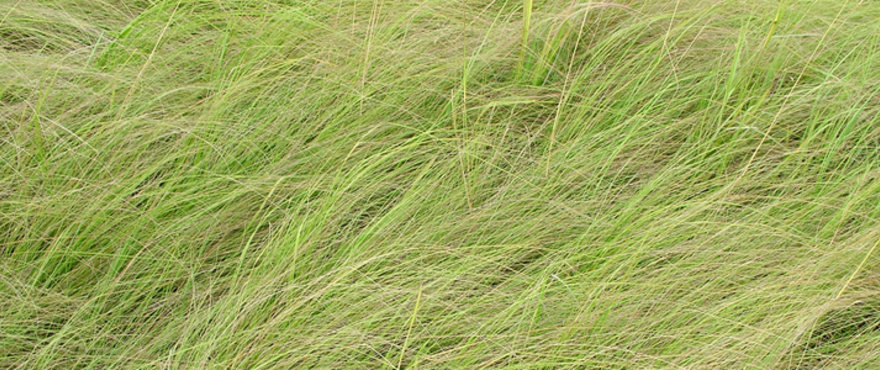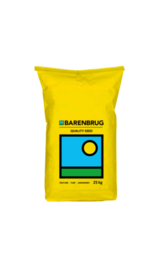Establishment
• Establish: October/November or February/March
• The seedbed should be fine, firm and free of weeds – due to its seed being very small
• The seedbed should be rolled before and after seeding
• Use Teff (4-6kg/ha) with Eragrostis where weeds are a problem but then an early cut is essential
Hay production
• To ensure a high protein content it should be cut before it flowers
• For a higher DM yield it should be cut later but not later than early flowering
• Take not of its leaf stage to ensure the highest CP, digestibility and intake
ERMELO
Ermelo is the most popular variety being used in South Africa, especially in the colder summer rainfall areas. It can survive severe frost and will grow on almost any soil, even on sandy soils with a low pH. It prefers higher rainfall areas, but does not adapt well to wet, waterlogged soils.




